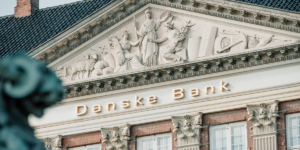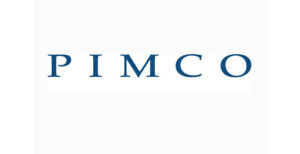Resume af teksten:
Industriproduktionen steg med 0,2% i september, og produktionen har været stabil siden april, da en tidligere stigning i USA aftog. Trods optimisme blandt virksomheder anbefales forsigtighed på kort sigt. Europæisk produktion er ikke faldet drastisk trods bekymring for indvirkningen af amerikanske toldsatser. I september så man en moderat genopretning efter et fald på -1,1% i august, hvilket delvist skyldtes volatilitet i irske data. Tyskland kompenserede kun delvist for august-nedgangen. Italien, Spanien og næsten Frankrig viste en bedre genopretning fra svaghederne i august. Samlet set har eurozonens produktion været stabil siden april, da USA øgede toldsatserne. Det store fald i produktionen, mange frygtede, er ikke blevet til virkelighed. Fremstillingsproduktionen er i en lidt bedre position, men der ses ikke væsentlig vækst. Store offentlige investeringsplaner har endnu ikke ført til væsentlig aktivitetsstigning. Producenter er optimistiske for fremtiden med bedre ordrebeholdninger, men global konkurrence, stærk euro og amerikanske tariffer gør os forsigtige med at forvente en betydelig kortsigtet vækst.
Fra ING:
September’s 0.2% rise in industrial production shows output has stayed flat since April, when the US frontloading surge tapered off. While businesses show optimism, we think caution on the short-term manufacturing outlook is warranted

European production hasn’t tanked, despite concerns about the impact of US tariffs
The muted recovery in September following a -1.1% decline in August was in part due to the traditional volatility of Irish data (-9.4% after a 9.5% increase in August). More importantly, Germany only partially offset its August decline. Most large producing countries experienced a better recovery from August weakness; Italy and Spain made up for last month’s losses, and France almost did too.
The overall eurozone trend since the US announced the increase in tariffs in April has been flat, as production is now just 0.2% higher. On the plus side, this means that a large drop in production due to tariffs hasn’t materialised. In fact, production levels remain higher than on average in 2024. This indicates that manufacturing production has moved into a slightly higher gear, but at the same time, we also don’t see any growth at this level. Large public investment plans are not yet causing a meaningful acceleration of activity at this point.
Manufacturers remain relatively optimistic about the months ahead. Production expectations are improving as order book assessments have become less negative in recent months. And perhaps optimism is also fuelled by expectations of significant public investments in the quarters ahead. Then again, fierce global competition, a strong euro and the impact of US tariffs still playing out make us cautious about expecting a significant short-term revival of the sector.
Hurtige nyheder er stadig i beta-fasen, og fejl kan derfor forekomme.



